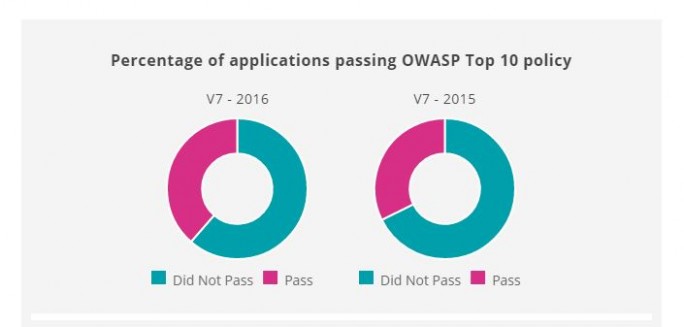The designer of Blood & amp; Truth reflects on how the immersive medium will evolve in the coming years.
Michael Hampden, chief designer of Sony Studio and currently working at Blood & amp; Truth, he spoke about the promising future of virtual reality in a talk (transcribed by MCV) of the Develop: Brighton conference, making it clear that in the coming years, in addition to arriving some killer apps and growing the mobile market, will emerge a genre of games that will only be possible in this immersive format.
“In the next five years, I think we’ll see some killer VR apps come out and we’ll have established a design language. I think there will also be some growth in mobile VR and medical apps, and a new game genre will be born, one that will only be possible in VR.”
Currently, some of the most acclaimed games are ports of traditional titles that bring immersion and sometimes new forms of control, but Hampden believes that there will be a greater difference. This is a bit of what is currently happening with the creation of new motion controllers such as Knuckles, which open up new possibilities both immersive and control.
At 10 years will be the time of the haptic device. “They should take a giant leap and change the rules of the game. They will make things much more immersive and allow new genres of VR games to emerge.” And taking the leap even further, to 25 years, ” by then, VR should be as ubiquitous as smartphones are today.” Arcades that offer their own experiences, such as The Void, will also see strong growth, which is in line with Futursource estimates.
Hampden believes that there is still work to be done to communicate efficiently what an immersive experience feels like, and hence the importance of the existence of arcades and having demos in stores, so you can try the titles before buying them. “We’re still trying to learn how to sell VR content and how to create ways to demonstrate that feeling with things like 360º trailers,” he explains.
In terms of development, the designer recalls the importance of offering customization options to users. “There will be various levels of comfort, such as motion sickness, so offering some options is really important, as well as different input methods, things like the Aim Controller just make your game much better.” Finally, when it comes to creating games, he says that ports of traditional titles will “never” take advantage of the advantages of the medium as a native one, and that those who bet on creating for VR must ask themselves why they make that title in VR, that is, what things make it unique, since “it is not only the presence, but also the control methods, the sound and all those things that VR offers to turn your experience into something special and different,” he concludes.









